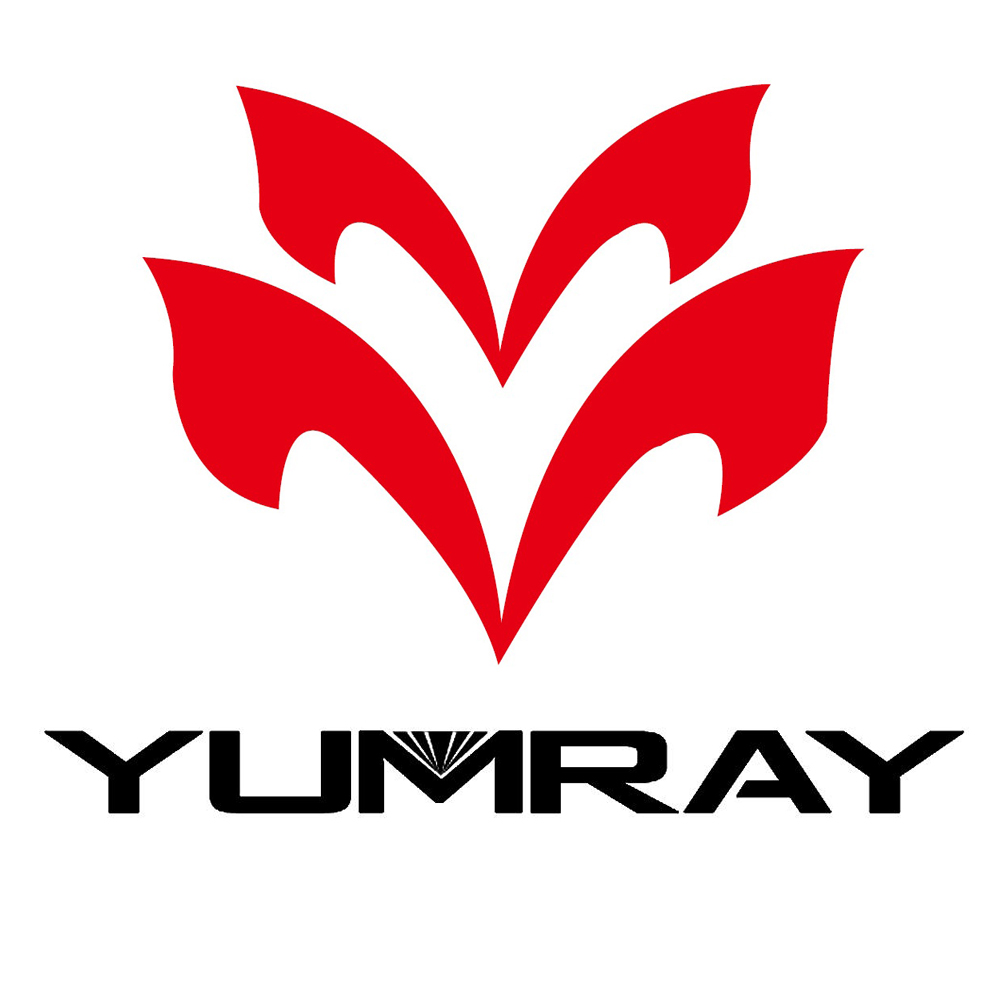How to Design a Lighting Control System, Part I
Learn how to gather and document owner expectations for effective control solutions
A good lighting design requires a good lighting controls design and, because of this, good design practices and a disciplined approach are essential with lighting controls, particularly as lighting control systems become more inherently sophisticated to satisfy more complex requirements.
After identifying owner requirements, this information is used to define the Owner Project Requirements (OPR), Control Intent Narrative (CIN), and resulting Sequence of Operations (SOO), all of which are the focus of this article.
OWNER PROJECT REQUIREMENTS (OPR)
At the user level, automatic controls should be reasonably inconspicuous in control effects (often necessitating dimming) and able to be overridden where necessary. Manual controls should be conveniently located and intuitive to operate. All controls should be maintainable by the facility staff, which often requires training.
Owner requirements should be defined at the organizational and application level using a design document called the Owner Project Requirements (OPR). This document will include the purpose of each facility and/or space, operating schedules, applicable project codes and standards, integration needs, project goals (such as efficiency goals), and any preferred vendors. The OPR is often somewhat vague at the project’s beginning and becomes more complete as the design evolves.
Control Intent Narrative (CIN): describes the lighting controls system and its intent in plain language, demonstrating how it will satisfy the OPR.
Sequence of Operations (SOO): complementary document that goes beyond the CIN to provide a detailed description of lighting control system behavior in response to various inputs for each control point and measurable criteria to test against.

